'Jewish symbols and Hebrew Words' by lindab142
Common symbols in Judaism
 Silver Chain Bracelet W... $30.00 | 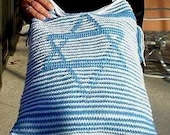 Israeli Flag Illusion K... $7.00 | 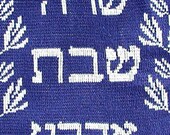 Knit Personalized Weddi... $20.00 |
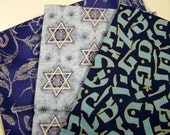 Blue Hanukkah Fat Quart... $10.00 | 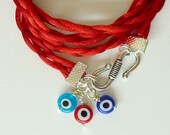 Evil Eye Red Braided Wr... $29.00 | 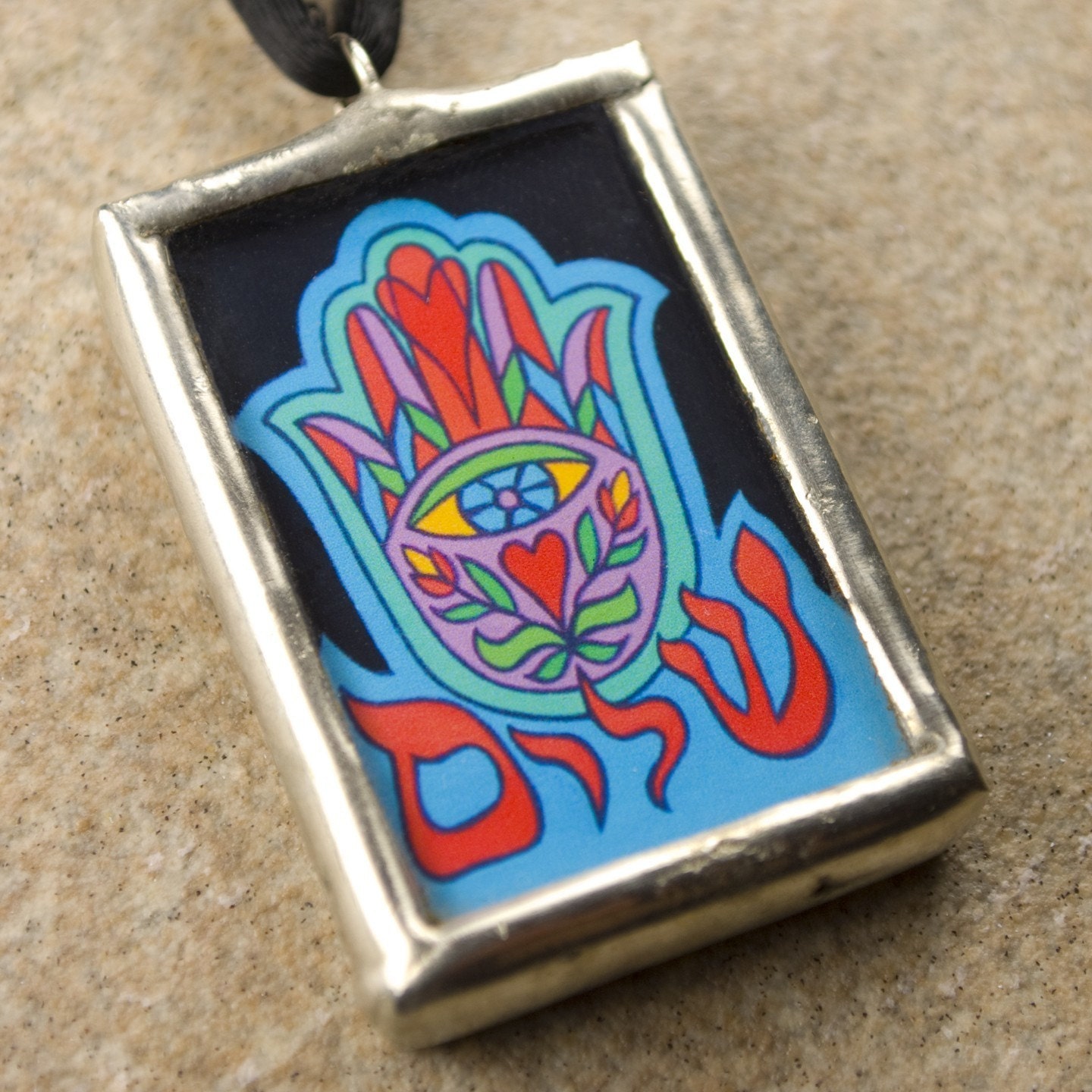 Shalom Hamsa Soldered P... $18.00 |
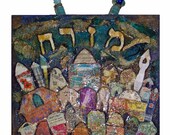 Mizrach in Blue $50.00 | 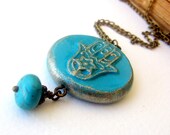 VALENTINE Sale Hamsa - ... $15.00 |  Lapis Sterling Silver J... $53.00 |
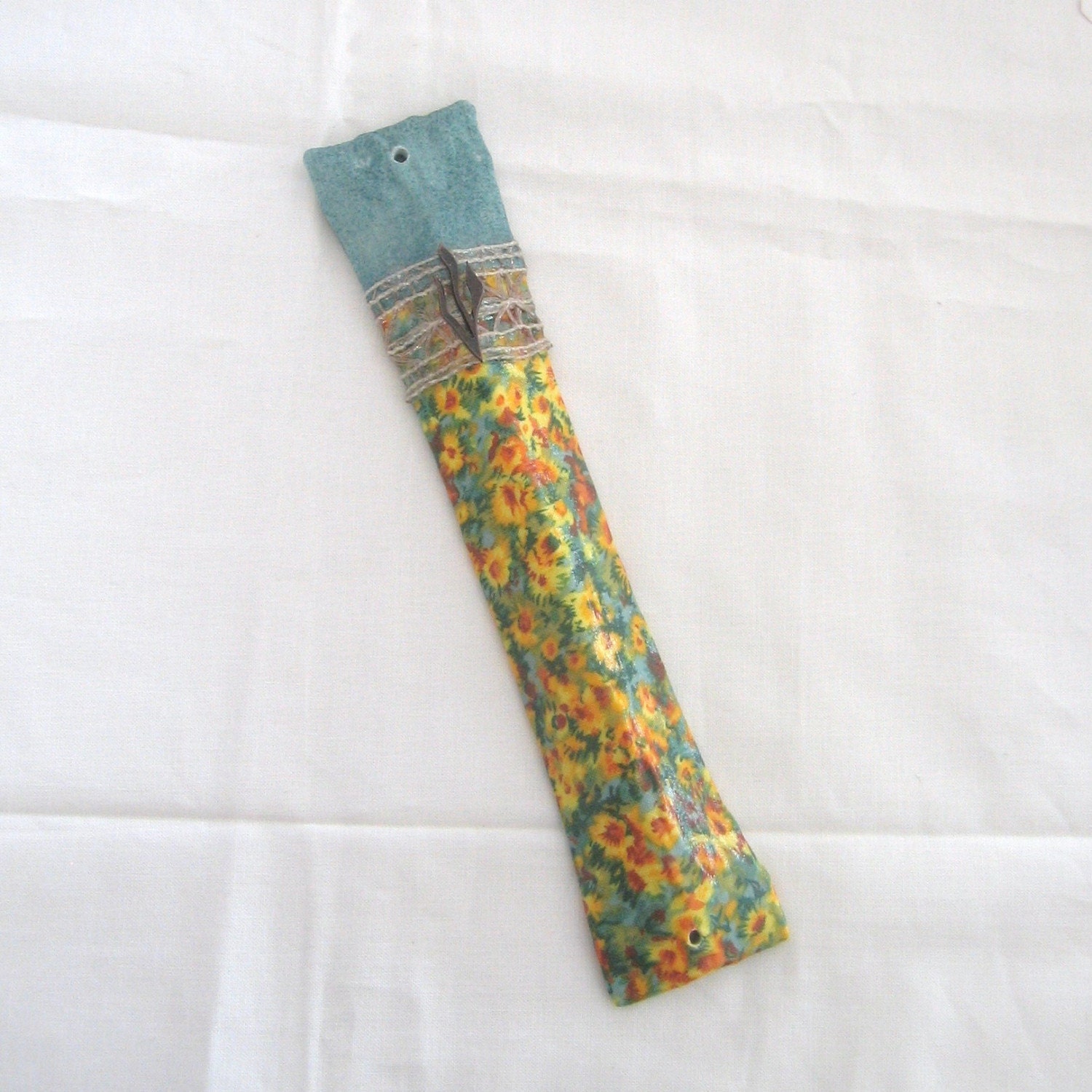 Mezuzah $30.00 | 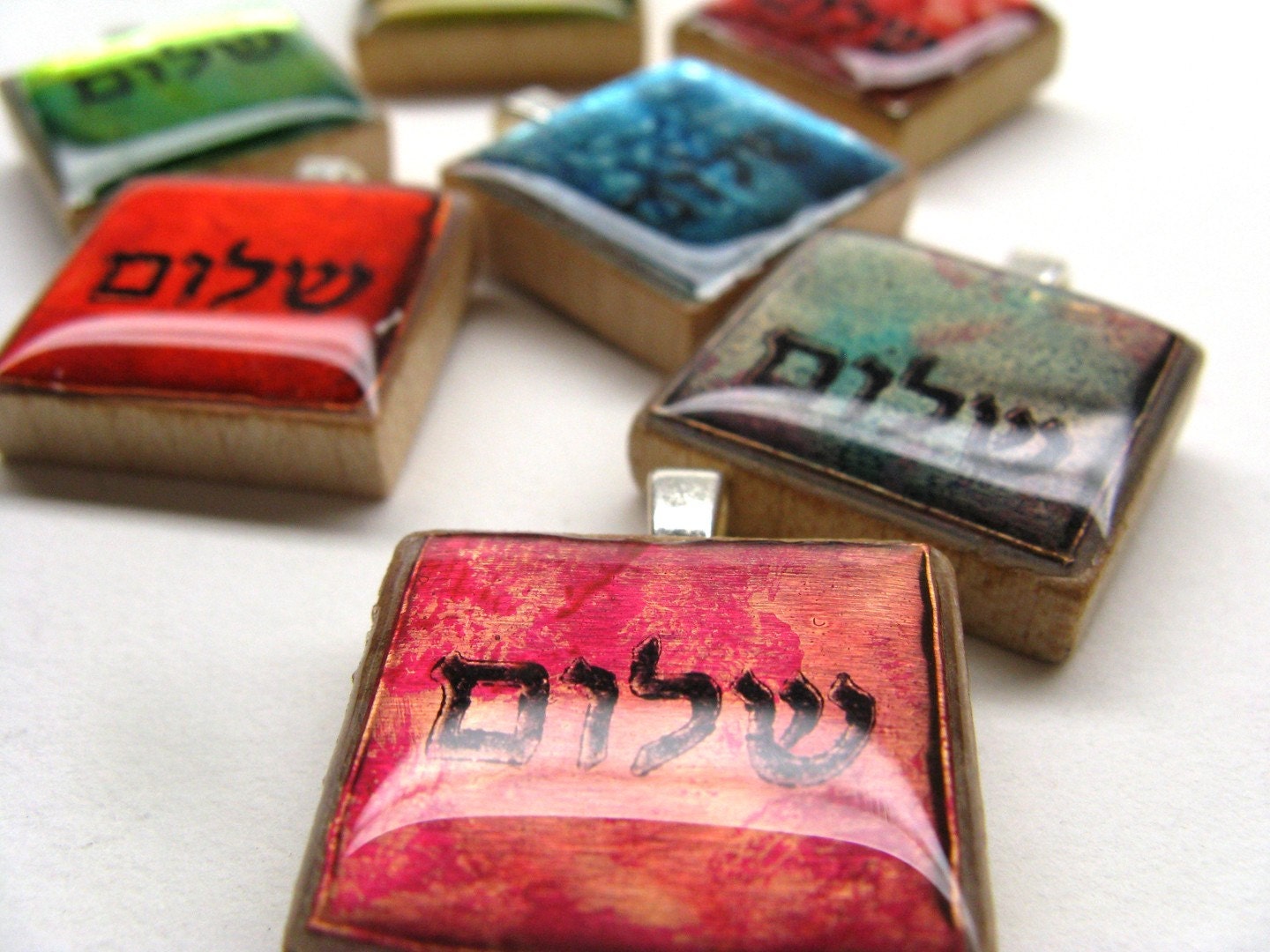 Shalom - Peace in Hebre... $8.95 | 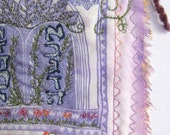 Commandments Fiber Art ... $36.00 |
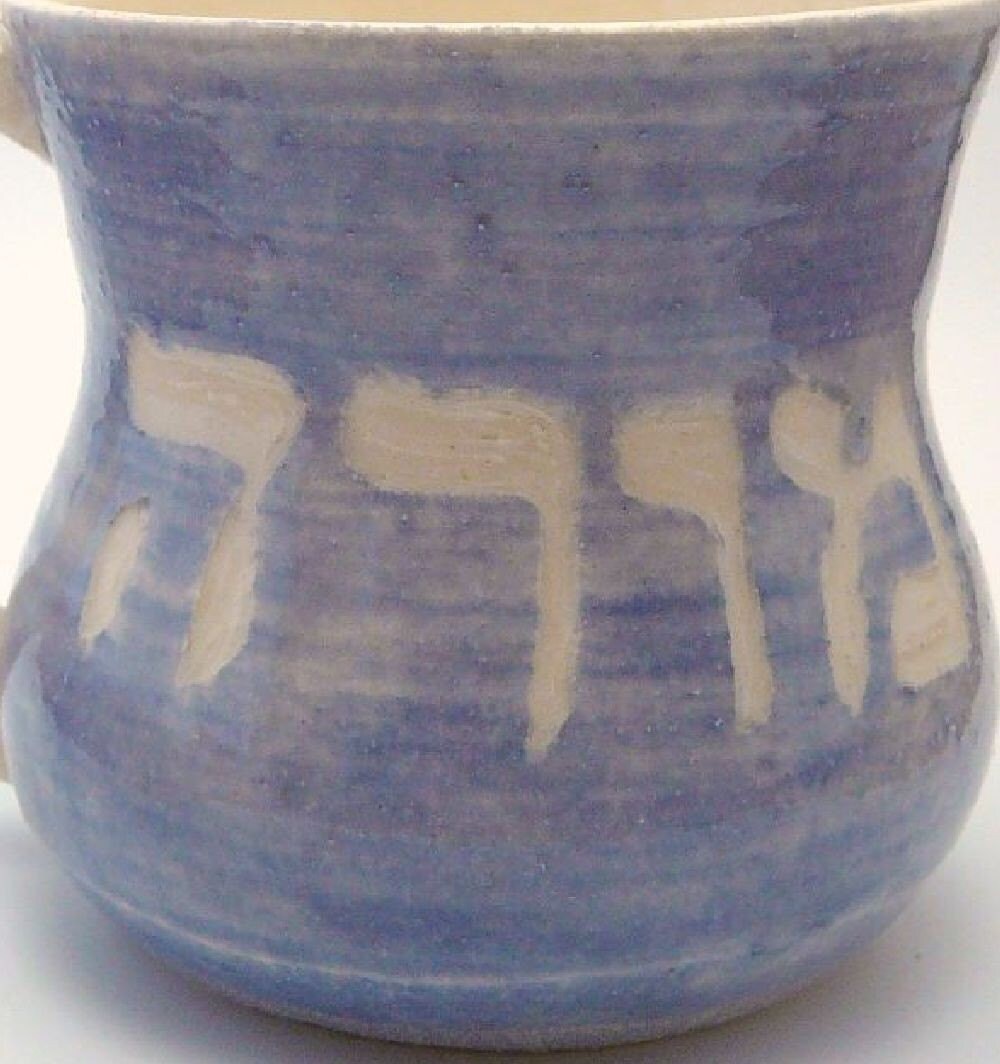 Morah or Moreh Mug for ... $23.00 | 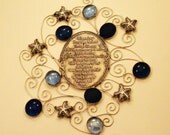 Blue stained glass home... $45.00 |  Tooth Fairy Pillow - St... $10.00 |
Generated using Treasury HTML code generator by Whale Shark Websites.

6 comments:
Wonderful theme! I notice blue is a common color. Could you explain why?
I made a necklace for my former mother-in-law, and used lapis along with a Star of David pendant that I bought while in Israel, but I didn't understand the significance of what I was doing.
Thank you :-)
Blue, which is written about in the ancient texts, coming from a particular (unknown yet today) animal of the sea, was used by the wholy priests to adorn their tallits and other tradidional garments used for worship.
"The Torah commands us to include a blue ("techelet") fringe among the tzitzit fringes. This fringe must be dyed blue with the blood of a shellfish called "chilazon." This rare fish is a denizen of the Mediterranean Sea" ...
The reason why blue is used on the fringe (tzitzit) is to help remind us to do the commandments. Blue reminds us of the ocean and of the sky. These are two elements that we cannot live without.
We have, today, addapted it as a traditional color, used in all ways and for many things.
Thank you for the detailed explanation! Air and water, yes!
Wonderful items! I love Judaica. Such beautiful, complex symbology, imagery and tradition. The funny thing is, I'm a Taoist. LOL. But Taoism clearly defines that in order for there to be Taoism, there must be that which is not Taoism, to balance everything out in harmony.
I also find that some scriptures and Kabbalistic techniques mirror Eastern thought. It's all connected.
Just rambling here. But I love the blog and think you guys do outstanding work.
This isn't really a comment, but a question. I've just acquired a few lovely vintage beadwoven mogen Doveds which I think would look great in kippahs. I've seen kippahs in just about every color & style recently, but am wondering if there are any specific instructions or limitations on how they can/should be made?
Any info, references, etc. would be most welcome.
Leslie, unlike tallitot, there are no restrictions about beaded kippot for women.
I'd love to see what you have.
- Linda B.
Post a Comment